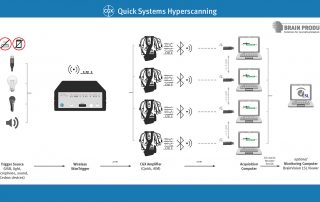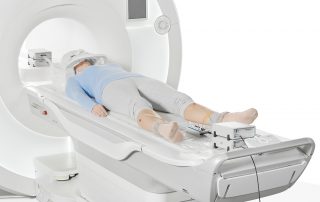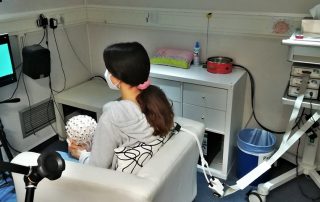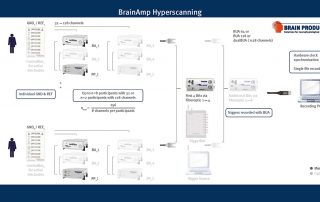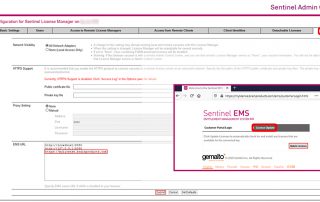Combining EEG and eye tracking: a workflow for your mobile experiment
Are you fascinated by mobile EEG and would like to explore real-world scenarios, but are unsure of how to prepare your setup and overcome its technical challenges? Read on to learn about how we combined EEG with wearable eye tracking from our partner Tobii Pro. We’ll show you how to optimize your setup and provide some inspiration for your next investigations!


